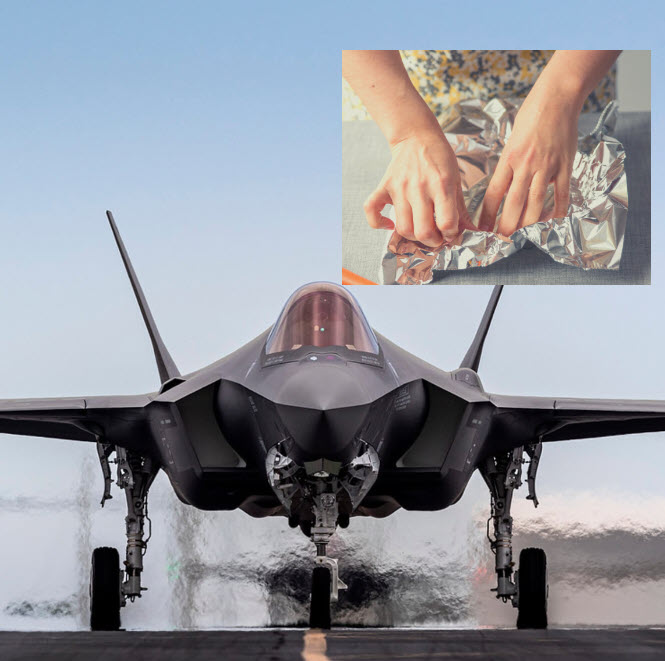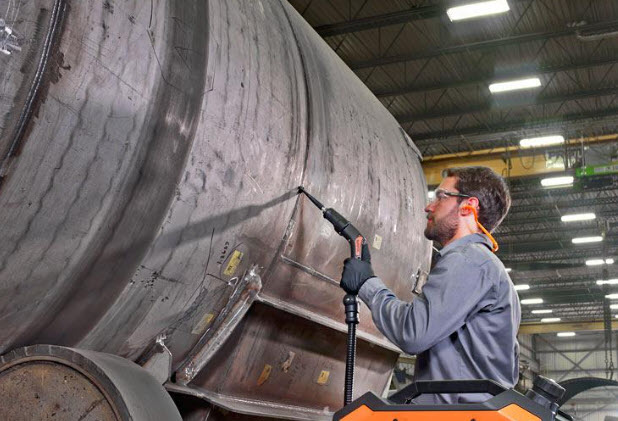Imagine waking up in a world where the invisible framework that supports our daily life suddenly disappears. The jet wings that defy gravity to whisk us across continents vanish. The protective wrapping safeguarding our food from decay disintegrates, and the robust skeletons of our homes and vehicles become alarmingly fragile. This is the kind of world we’d inhabit without the silent, ever-present ally – aluminum. This unsung hero, so pervasive and crucial, weaves through our daily lives and society’s infrastructure; its absence would leave an unfillable void.
Aluminum – this ubiquitous guardian – protects our food as foil, gives wings to massive airplanes, and offers unyielding support to our cars and buildings. But remember, this steadfast companion was not always with us. Its journey mirrors an intriguing tale of discovering a diamond in the rough.

Aluminum is a fascinating and unique technological material with inherent physicochemical properties, such as low density, excellent electrical conductivity, and good ductility. Combined with other alloy-forming characteristics, these properties make aluminum suitable for numerous applications in various fields like engineering, construction, building, and packaging industries.
Transporting us back to the 19th century – the cusp of the Industrial Revolution – we find ourselves in the turbulent crucible where aluminum was nurtured. Once hidden within common clay and as esteemed as gold, this shining treasure awaited liberation. As the gears of progress churned and the age of invention took root, it took a spirited crew of scientific explorers to unearth this precious secret.
The evolution of aluminum from a perplexing element ensnared within its ore to a linchpin of modern existence parallels the transformative journey of the Industrial Revolution itself. Just as thunderous machines like steam engines and power looms revolutionized society, aluminum was destined to make a profound and enduring impact, reshaping the world in ways that continue reverberating through the ages.
Unearthing the Past
Aluminum’s rich history stretches back centuries, with illustrious chemists and engineers playing pivotal roles in discovering and refining techniques to produce it. Despite early hurdles of high production costs, the invention of the Hall-Héroult process in 1886 revolutionized aluminum production, paving the way for mass industrial-scale production.
From ancient times when humans first used alum – a compound containing aluminum – to mummify their dead, to the 18th century, when German chemist Andreas Sigismund Marggraf first synthesized alumina (aluminum oxide), the existence of aluminum remained an enigma. It wasn’t until the early 19th century, when Sir Humphry Davy identified “alumium” and laid the groundwork for aluminum’s eventual isolation by the likes of Hans Christian Ørsted and Friedrich Wöhler, that the puzzle started to piece together.
By the late 19th century, the Hall-Héroult process had brought aluminum into everyday use, and the once-precious metal began its transformation into the cornerstone of our modern world.
Galvanization and anodizing processes have further expanded aluminum’s usefulness, allowing it to be utilized in various fields like engineering, construction, building, and packaging industries, where zinc is used to highlight its anti-corrosion properties further.
Today, aluminum is a vital part of our everyday lives and the backbone of modern society. Aluminum’s versatility, strength, and durability have made it ideal for a wide range of applications, from transportation to construction to packaging.
Ingrained in Present-Day Industrial Use
In the present day, aluminum continues to innovate and inspire, shaping our future. It stands second only to steel and iron-based alloys in its ubiquity, and its versatility is indisputable. From airplanes to smartphones, aluminum is all around us. It’s hard to imagine modern life without it.
Aluminum and its alloys are the unsung superheroes of our world, fulfilling multiple roles with admirable efficiency. Their impressive strength, relative to their lightness, makes them indispensable in industries where weight is critical. Picture building an airplane or a rocket – wouldn’t you want it to be as sturdy and light as possible? Aluminum steps in to make this possible.
This adaptable metal also excels in conducting electricity, a pivotal advantage in electrical engineering. From powering our homes to illuminating our cities, aluminum is always there, ensuring the lights never go out.
And the magic doesn’t stop there. Aluminum is incredibly malleable, capable of bending and reshaping without breaking – a property known as ductility. This makes it perfect for applications demanding a degree of flexibility.
The corrosion-resistant properties of aluminum make it ideal for use in harsh environments where other metals would quickly deteriorate. Aluminum’s resistance to corrosion is so remarkable that it makes up the majority of our food and beverage packaging. It’s also used in outdoor implements like industrial work platforms and wheelchair ramps, ensuring their durability and longevity.

Even as we venture away from high-tech industries, aluminum continues to shine in our everyday lives. It forms the backbone of the buildings we live and work in, the vehicles we rely on for transport, and countless everyday items we often take for granted. Why is aluminum such a star performer compared to iron and its alloys? Its resistance to rust and excellent heat conduction makes it the material of choice in construction, transportation, and various consumer goods.
To put it simply, aluminum is a key player in our world, quietly yet significantly impacting our lives. From the soaring skies above to the bustling cities around us and from the devices we can’t live without to the vehicles that ferry us around, aluminum is there, playing its crucial role. Its unique strength, conductivity, flexibility, and corrosion resistance blend highlight its broad utility and significance.
The saga of aluminum isn’t merely a scientific discovery; it’s a story of transformation and unyielding human ambition. Just as the Industrial Revolution accelerated the world’s pace, the unveiling of aluminum became a defining chapter in our global narrative, strengthening the underpinnings of our modern world while seamlessly integrating into the very fabric of our everyday existence.
So, next time you board an airplane, open a canned drink, or simply power up your laptop, spare a thought for aluminum. Once hidden within the earth’s crust, this multifaceted metal now plays an indispensable role in our lives, enabling progress, comfort, and convenience. It’s not just a part of our history but an integral element shaping our future.
